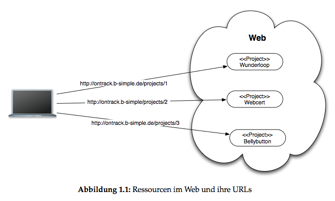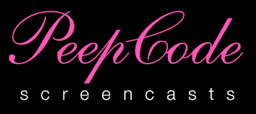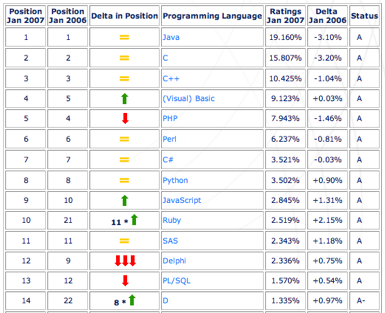By Peter Cooper / January 7, 2007

QCon is a collaboration between InfoQ and JAOO to host the biggest enterprise software development exhibition and conference in Europe this March. With tutorial sessions on March 12 and 13, the exhibition and conference start on Wednesday, March 14 and run through to Friday, March 16.
The conference is a major affair, with two nights of social events, two days of tutorials prior to the main conference, and 11 tracks of panels, keynotes, and presentations. The tracks include .Net, AJAX, Java, Agile practices, SOA, usability, and Ruby. The Ruby track is hosted by popular Rubyist Obie Fernandez, and features presentations from Dave Thomas (Pragmatic Programmers), Rich Kilmer (founder of RubyConf), *** **** (Mongrel creator and Ruby God), James Adam (Rails Engines), and Ezra Zygmuntowicz (Engine Yard). Read More















